Patterns are the blueprint of the sewing world, guiding the creation of garments and projects with precision and accuracy.
They serve as a crucial roadmap, dictating the arrangement of fabric pieces to achieve a desired design.
Understanding and utilizing patterns is fundamental for achieving a well-fitted, aesthetically pleasing outcome.
They encompass various elements like sizing, shaping, and style details, offering a structured framework for creativity to flourish.
Whether it’s crafting a bespoke dress or a tailored jacket, patterns ensure consistency and coherence in the sewing process.
In this intricate art form, the importance of patterns cannot be overstated, as they form the foundation upon which skilled hands weave their magic.
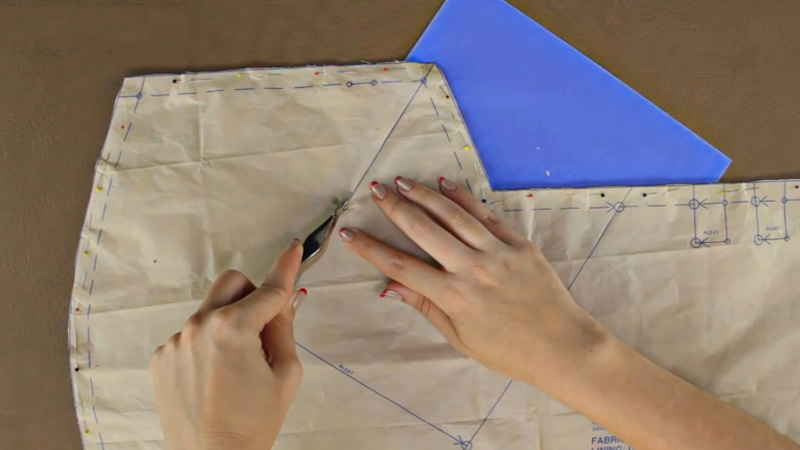
What Is a Sewing Pattern?
In sewing, patterns refer to templates or guides used to create clothing or fabric items. They consist of carefully designed pieces that represent different sections of a garment, such as sleeves, bodice, or collar.
These pieces are traced or cut out from the fabric, ensuring accurate shapes and sizes. Patterns also include essential markings, like grain lines and notches, crucial for proper assembly.
They are drafted based on standardized measurements or custom-fit to an individual’s unique proportions.
Patterns play a vital role in achieving precise fit, design accuracy, and overall quality in sewing projects. They serve as a roadmap, guiding sewers through the process and allowing for the replication of specific styles.
In essence, patterns are the foundational tool that enables the creation of well-crafted, tailor-made garments and fabric items.
Why Is Pattern Important in Sewing?

Patterns are essential in sewing for a multitude of reasons, each contributing to the success and quality of sewing projects.
Here are the key reasons why patterns play a crucial role in sewing:
1. Accuracy and Precision
A pattern acts as a blueprint for a sewing project. It outlines the exact shapes and sizes needed for each component of the garment.
Without a pattern, there’s a higher likelihood of inaccuracies in cutting fabric pieces, leading to ill-fitting or asymmetrical final products.
2. Fit and Proportion
Patterns are meticulously designed based on body measurements and design principles. They incorporate elements like ease to ensure that the garment fits comfortably and allows for movement.
This attention to fit and proportion is especially critical for tailored or form-fitting garments where precise measurements are essential.
3. Reproducibility
If a particular design is successful and you want to replicate it, a pattern is indispensable. It guarantees that subsequent versions will closely resemble the original.
This is particularly important for designers, manufacturers, or individuals creating items for sale or distribution.
4. Design and Style
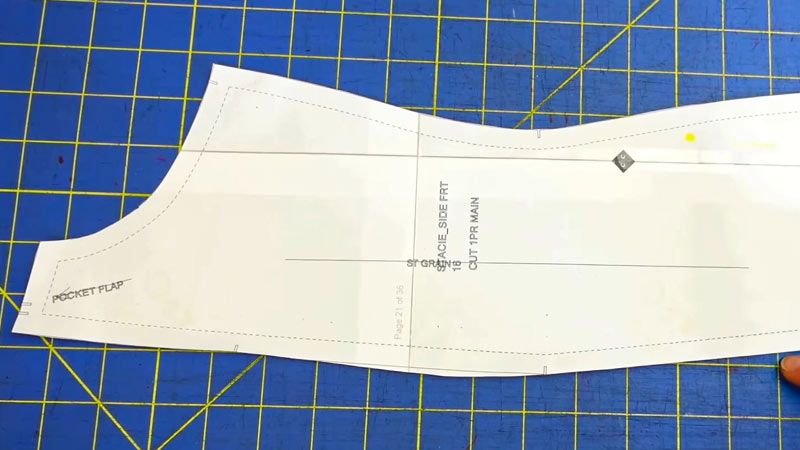
Patterns are not just templates; they are blueprints for design elements. They specify details like dart placement, pocket styles, collar shapes, and other distinctive features.
These design elements are what give a garment its unique aesthetic appeal and functionality.
5. Complex Garments
For intricate garments like blazers, dresses with multiple panels, or tailored pants, a pattern provides a roadmap for assembly. It shows how all the pieces come together to form the final product.
Without a pattern, the construction of complex garments can become a confusing and time-consuming process.
6. Fabric Optimization
Patterns are often designed with an understanding of how fabric is typically produced and sold. They are structured to minimize waste, ensuring that the fabric is used efficiently.
This is particularly important when working with expensive or limited-edition fabrics.
7. Ease of Alteration
If a garment doesn’t fit perfectly or requires customization, a pattern provides clear reference points for adjustments. It indicates where changes need to be made for a better fit.
Altering a pattern is often more straightforward than trying to modify a garment without clear guidelines.
8. Professional Results
For those in the fashion industry or running a sewing business, patterns are a cornerstone of professionalism. They ensure that every product meets a consistent standard of quality and precision.
This helps build a reputation for producing well-crafted, reliable items.
9. Learning and Skill Development
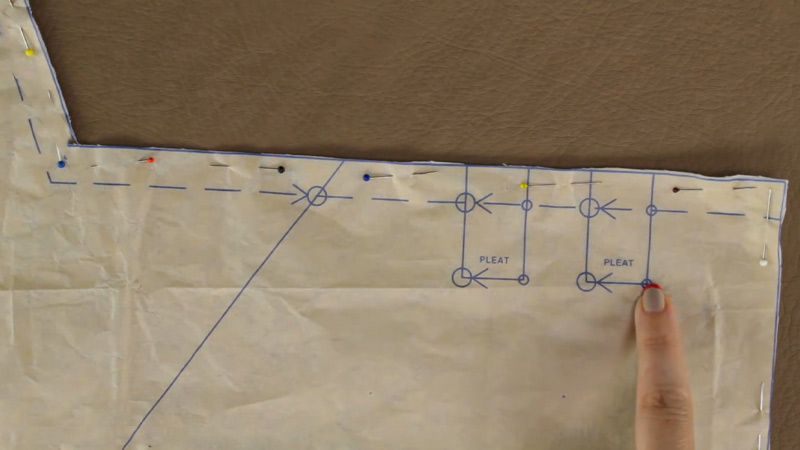
For beginners, working with patterns is an educational experience. It introduces them to fundamental concepts of sewing, such as understanding grain lines, seam allowances, and fabric layout.
By following a pattern, beginners gradually build their skills and confidence in sewing.
10. Time Efficiency
Creating a pattern can be time-consuming, but once it’s complete, it significantly speeds up the actual sewing process. Sewers can focus on the assembly and finishing touches rather than measuring and cutting at every step.
11. Variety of Styles
Patterns come in an extensive range of styles, from historical reproductions to contemporary designs.
This diversity allows sewers to explore different eras, aesthetics, and garment types without having to start from scratch each time.
How Do You Use a Sewing Pattern?
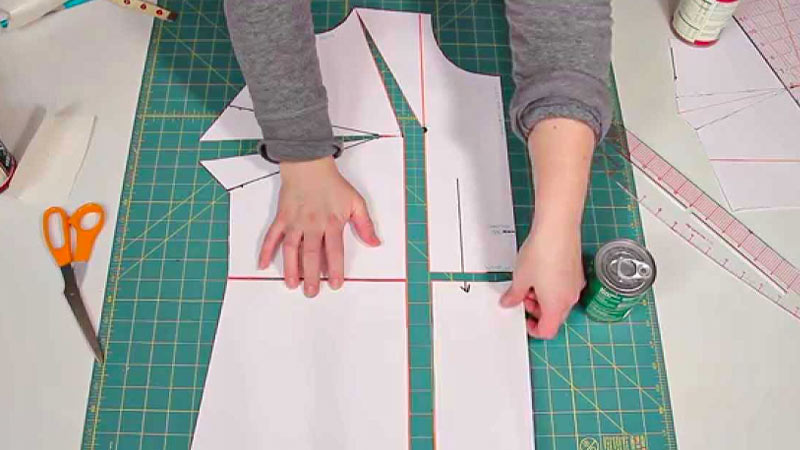
Using a sewing pattern is an essential skill for anyone interested in sewing garments or other fabric items.
Sewing patterns provide a template and instructions for creating a specific project.
Here’s a step-by-step guide on how to use a sewing pattern:
Gather Materials
- Sewing pattern
- Fabric
- Notions (thread, buttons, zippers, etc.)
- Scissors
- Pins or pattern weights
- Fabric marker or chalk
- Measuring tape
Select the Right Size
Sewing patterns typically come in multiple sizes. Choose the size that matches your measurements. If you fall between sizes, it’s usually better to choose the larger size and make adjustments later.
Read the Instructions
Carefully read through the instructions included with the pattern. This will provide you with an overview of the sewing process and help you understand the order of construction.
Prepare the Fabric
Wash and iron your fabric before cutting it. This ensures that the fabric won’t shrink after your project is complete and helps with accurate cutting and sewing.
Iron the fabric to remove any wrinkles. Lay it out flat on a clean, smooth surface.
Lay Out the Pattern
Open the pattern and spread it out on top of the fabric. Pay attention to any grainline arrows or marks on the pattern. These indicate the direction in which the fabric should be cut.
Pin Down the Pattern
Pin the pattern pieces to the fabric, making sure the pins go through both the pattern and fabric. Alternatively, you can use pattern weights to hold the pattern in place.
Mark the Fabric
Use a fabric marker or chalk to trace around the pattern pieces onto the fabric. Include any markings like notches, darts, or grainlines. This is important for aligning and sewing the pieces together correctly.
Cut Along the Markings
Using fabric scissors or a rotary cutter, carefully cut out each pattern piece along the designated lines. Be precise, as accurate cutting is crucial for a well-fitting garment.
Transfer Notches
Notches are small cuts or marks on the edges of pattern pieces that help you align them correctly. Make small snips or marks where indicated on the pattern.
Follow the Sewing Instructions
Follow the step-by-step instructions in the pattern carefully. This includes stitching details, seam allowances, and any special techniques required for the project.
Begin by sewing the main fabric pieces together, following the provided sequence. Typically, you’ll start with the darts, seams, and other structural elements before moving on to closures like zippers or buttons.
Press your seams open or to the side, as instructed, to create a neat finish.
Make Any Necessary Adjustments
Try on the garment as you go to check the fit. If adjustments are needed, make them before continuing. Add any closures, buttons, snaps, or other finishing touches as specified in the pattern.
Finish the Garment
Once you’ve completed all the sewing steps, finish the garment by hemming edges, adding any final touches, and giving it a final press with an iron.
After you’ve completed all the steps in the pattern instructions, your project should be ready to wear or use. Enjoy your handmade creation!
How to Care For Your Sewing Patterns?
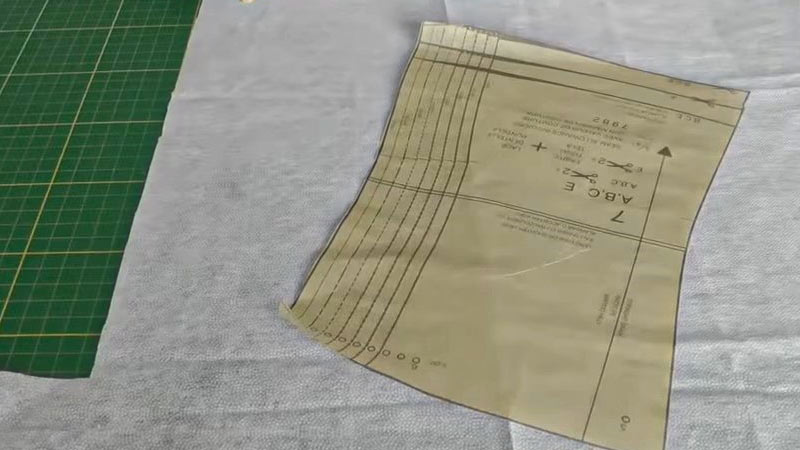
Caring for your sewing patterns properly can extend their lifespan and ensure they remain in good condition for future use.
Here are some tips on how to care for your sewing patterns:
Store Patterns Correctly
Keep your patterns in a cool, dry place away from direct sunlight, moisture, and extreme temperature fluctuations. Avoid storing them in damp basements or hot attics.
Use Storage Containers
Store patterns in their original envelopes or invest in plastic sleeves or storage containers designed for patterns. These protect them from dust, dirt, and potential damage.
Label and Organize
Clearly label each pattern envelope with the pattern’s name, size, and any modifications or adjustments you’ve made. This helps you quickly identify patterns in your collection.
Avoid Folding
When storing patterns, try to avoid folding or creasing them. If necessary, fold them carefully along existing fold lines, and use tissue paper to protect delicate areas.
Handle Patterns
Wash and dry your hands thoroughly before handling patterns to prevent transferring dirt or oils onto them.
Avoid Pinning
When using a pattern, avoid pinning through the paper. Instead, pin within the seam allowances to prevent holes or tears in the pattern.
Make Copies for Frequent Use
If you anticipate using a pattern multiple times, consider making a copy. This preserves the original while allowing you to work with a duplicate.
Reinforce Weak Areas
If a pattern envelope or piece is starting to show signs of wear, reinforce it with tape or glue to prevent further damage.
Clean and Maintain Tools
Keep your scissors, rotary cutter, and other cutting tools sharp and clean. Dull blades can lead to torn pattern pieces.
Store Rolled Patterns Flat
If you’re working with a large pattern that doesn’t fit well in an envelope, consider rolling it up and storing it flat. Be sure to protect it with a clean, sturdy tube or container.
Avoid Writing on Original Patterns
Refrain from writing on the original pattern pieces or instructions. Instead, use separate paper or sticky notes for notes or alterations.
Difference Between Patterns and Templates in Sewing
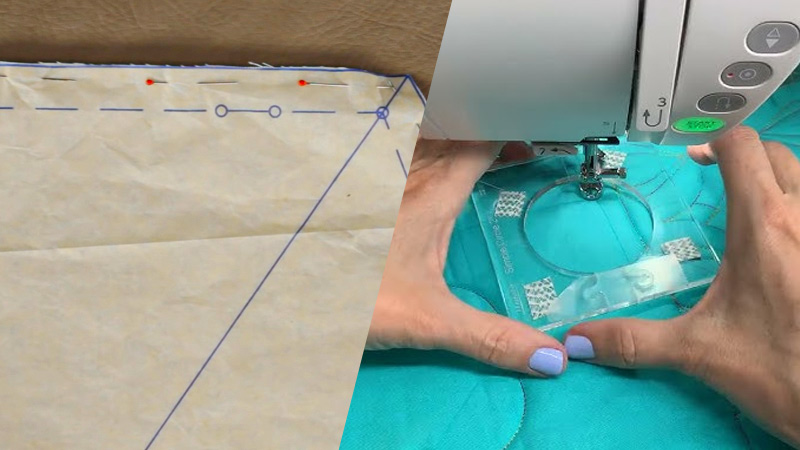
In sewing, the terms “pattern” and “template” are often used, but they refer to different things and serve distinct purposes.
Here’s an explanation of the differences between sewing patterns and templates:
Sewing Pattern
Purpose
A sewing pattern is a set of printed or drafted instructions and pieces that guide you in creating a specific garment or project.
It includes details on the construction, measurements, layout, and assembly of the item.
Components
A sewing pattern typically consists of multiple pattern pieces that represent various parts of the garment, such as the bodice, sleeves, collar, and so on.
These pattern pieces are often printed on tissue paper or other lightweight paper and are used as a guide for cutting the fabric.
Variety
Sewing patterns come in a wide range of styles and sizes, including commercial patterns that you can purchase, as well as self-drafted patterns and patterns created by designers.
Usage
When you use a sewing pattern, you follow the step-by-step instructions to cut fabric according to the pattern pieces, sew the pieces together, and create the final garment or item.
Template
Purpose
A template in sewing is a pattern or shape used as a guide for tracing or cutting fabric.
Templates are often used for specific design elements, such as appliqué, quilting, or adding decorative shapes to a project.
Components
Templates can be made from various materials, including cardboard, plastic, or paper. They are usually simple outlines or shapes that you trace onto fabric.
Variety
Templates can be found in a variety of sizes and shapes, depending on the specific design you want to incorporate into your project.
Usage
Templates are primarily used for tracing shapes onto fabric or other materials.
For example, you might use a heart-shaped template to cut fabric for appliqué or a circular template for quilting.
FAQs
Why is a pattern necessary for sewing?
A pattern serves as a guide for cutting and assembling fabric pieces, ensuring accuracy and precision in creating garments and projects. It dictates the placement of elements, shaping, and sizing.
Can I sew without using a pattern?
While it’s possible to sew without a pattern, especially for experienced sewists, patterns provide a structured framework, making the process more efficient and enabling consistent, professional results.
How does a pattern contribute to fit and customization?
Patterns come in various sizes and can be adjusted to match individual measurements. This allows for a customized fit, ensuring that the final garment flatters the wearer’s body shape.
What role does a pattern play in design creativity?
Patterns provide a starting point for creativity. They can be modified, combined, and customized to bring unique design ideas to life, giving sewists the freedom to express their style.
Can I create my own patterns?
Yes, advanced sewists can draft their own patterns. Understanding pattern-making allows for complete creative control and the ability to design garments from scratch, tailored to specific preferences and needs.
To Wrap Up
Patterns are the cornerstone of successful sewing endeavors. They provide structure, precision, and a clear path towards creating beautifully crafted garments and projects.
A well-designed pattern is akin to a skilled architect’s blueprint, ensuring that every piece of fabric fits harmoniously into the final creation.
It allows for customization, enabling sewists to adapt designs to individual preferences and measurements.
Patterns also serve as a valuable learning tool, teaching essential techniques and instilling a deeper understanding of garment construction.
With patterns at the heart of the process, sewing transcends from a mere hobby to an art form, allowing creativity to flourish while maintaining a high standard of craftsmanship.
Leave a Reply